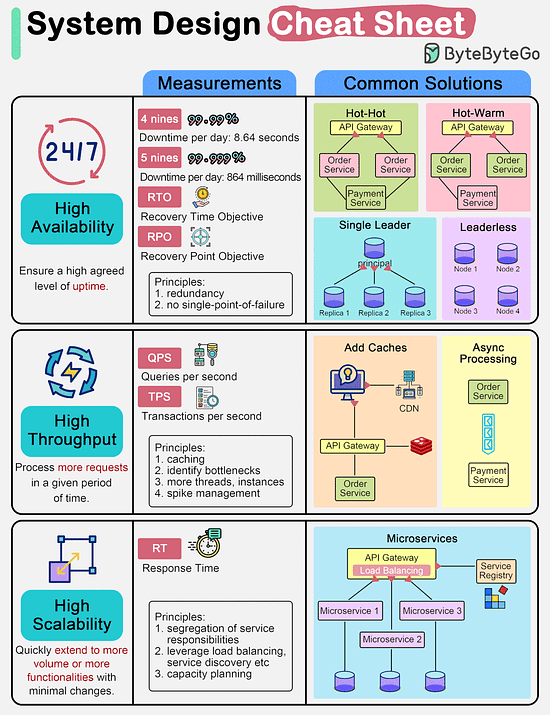- Mailing Lists
- in
- EP87: ByteByteGo System Design Course Black Friday Deals
Archives
- By thread 5369
-
By date
- June 2021 10
- July 2021 6
- August 2021 20
- September 2021 21
- October 2021 48
- November 2021 40
- December 2021 23
- January 2022 46
- February 2022 80
- March 2022 109
- April 2022 100
- May 2022 97
- June 2022 105
- July 2022 82
- August 2022 95
- September 2022 103
- October 2022 117
- November 2022 115
- December 2022 102
- January 2023 88
- February 2023 90
- March 2023 116
- April 2023 97
- May 2023 159
- June 2023 145
- July 2023 120
- August 2023 90
- September 2023 102
- October 2023 106
- November 2023 100
- December 2023 74
- January 2024 75
- February 2024 75
- March 2024 78
- April 2024 74
- May 2024 108
- June 2024 98
- July 2024 116
- August 2024 134
- September 2024 130
- October 2024 141
- November 2024 171
- December 2024 115
- January 2025 216
- February 2025 140
- March 2025 220
- April 2025 233
- May 2025 239
- June 2025 303
- July 2025 182
EP87: ByteByteGo System Design Course Black Friday Deals
EP87: ByteByteGo System Design Course Black Friday Deals
This week’s system design refresher:
🆕 🆓 Free DORA metrics dashboard from LinearB (Sponsored)High-performing engineering teams love DORA metrics. But it’s not always simple to access up-to-date data—and it’s often expensive. Not anymore. LinearB is giving ByteByteGo subscribers early access to free DORA metrics with no limitations on contributors, repos, or team size. Out of the box you’ll get a dashboard that includes: ✔️ All four DORA metrics — Cycle Time, Deploy Frequency, CFR, MTTR — based on your team’s data ✔️ Industry standard Benchmarks to help define team performance and set data-backed goals ✔️ Additional leading metrics including Merge Frequency and Pull Request Size (a great indicator of quality and efficiency) 📚ByteByteGo System Design Course Black Friday Promo 📚The Black Friday sale is now up! Use code BF2023 at checkout for 30% off the system design interview online course. Ends Nov 26. Top 8 Most Popular Network Protocols Explained System design cheat sheetWe are often asked to design for high availability, high scalability, and high throughput. What do they mean exactly?
Over to you: Do you have other things to share in your design toolbox? © 2023 ByteByteGo |
by "ByteByteGo" <bytebytego@substack.com> - 11:35 - 25 Nov 2023


